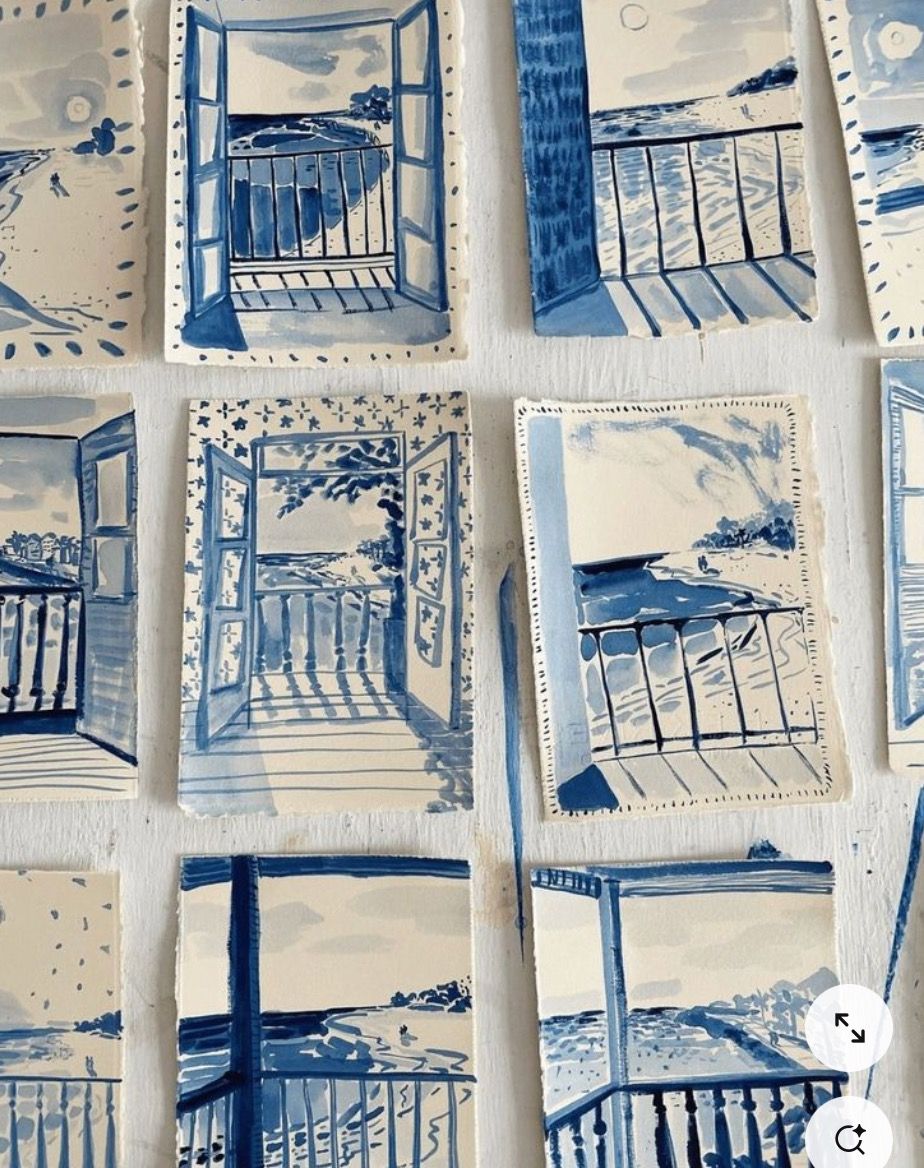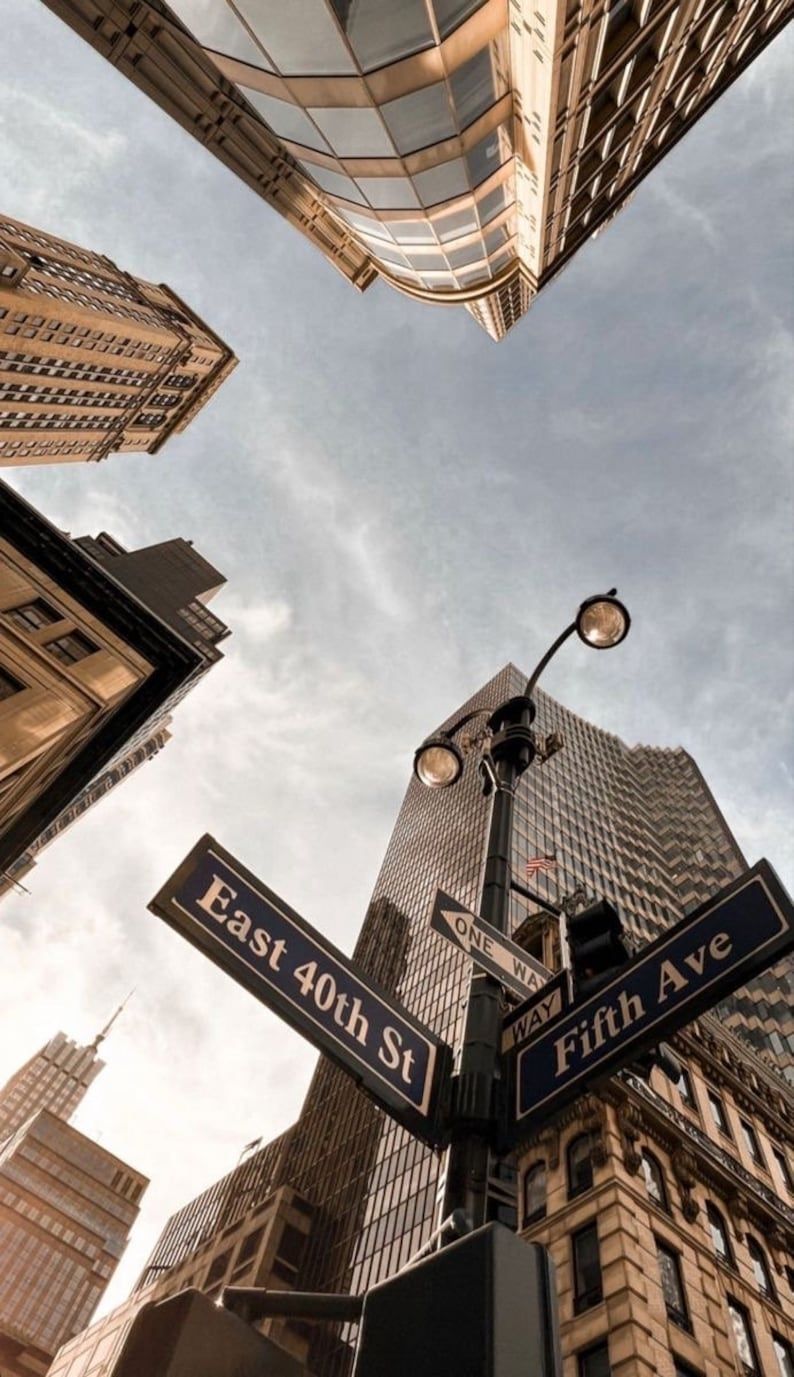How to Clean a Carpet Without a Vacuum Cleaner
Automatic generation of models ensures that the correct components are used and are performing within their defined parameters and also that the data is properly structured and follows all of the information management protocols.. NB Even if the models are not automatically generated, the same principles can be used to create automated workflows e.g.
The project was completed in just 18 months and awarded ISPE facility of the year.. We also successfully created something we called a Factory in a Box pharmaceutical facility.It was built with eight Ghurkas from components delivered in shipping containers.

The Design for Manufacture and Assembly (DfMA) project answered an important question for large companies wondering how to build high-quality facilities in emerging markets, quickly and efficiently, with varied local capability.It also addressed the desire to use that investment to improve skills and capabilities in the local area.The answer was to use components which were readily available in the supply chain, and bring them together in a simple but clever way.

No specialist construction knowledge was required to complete the build, and so soldiers, not builders, were used to construct the facility..Factory in a Box is an excellent example of ways in which MMC can be used to meet quality requirements and diversify the workforce, whilst also substantially reducing costs and speeding up the construction process.

This project was a precursor to Bryden Wood’s innovative work with construction Platforms and P-DFMA..
Process Design in COVID-19 vaccine development and modelling.It creates further efficiencies.
For example, the standard building types can be used across a range of sites.For each, the site-specific design activities can be focused on the placement of the buildings relative to each other, arranging orientation to minimise overlooking and overheating (for both the comfort of prisoners and to reduce energy use), maximise views of landscape, and so on.
It contributes to overall better design and allows designers to focus more of their efforts on solving the specific challenges relating to a particular site and context.Standardised solutions lend themselves to efficiencies in construction and the application of DfMA.




